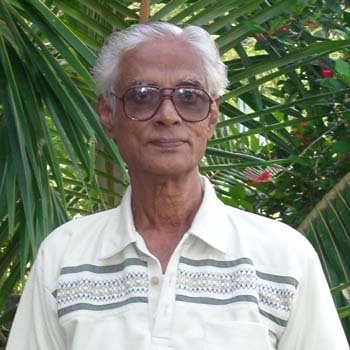Sunday, April 30, 2006
EV Compensation in Digital Camera
The light meters of cameras cannot see color. The automatic exposure system renders the values in every scene to balance to an 18% neutral gray and determines the exposure accordingly. In most of the situations, this would work well. But in difficult lighting conditions exposure value compensation setting has to be used to over ride the camera’s automatic exposure setting. EV Compensation will be much helpful in scenes such as ‘ a white cottage surrounded by snow’ or ‘a black cat in a dark background’. Adjusting the setting in such conditions will help you capture the image the way it looks. By increasing the compensation the distinct brightness of the white object in a white background gets restored. When compensation is decreased, the distinct tones of the black image get highlighted in a black background.
A contrast problem may crop up when the difference between the most dark and the rest or the most white and the rest exceeds the range of the camera. In such conditions you should choose the area, which needs detailed capture. You may have to increase compensation to increase detail in shadows or decrease compensation to increase detail in highlights. In certain cases, additional lighting may improve the situation.
Setting
The default setting for EV Compensation is ± 0. Digital Cameras normally have provision to compensate the exposure by 1 to 2 EV plus or minus by increments of 1/3.The following guidelines may help you to experiment and gain experience,
1.When the subject to be captured is backlit with very bright light, the setting can be +0.7 or +1.0
2.When bright sunlight from behind you makes the subject very bright, the setting can be –0.3 or –0.7
3.For a scene with a normal sunlight and/or backlighting the range of 0.0 to +2 should be considered; so also in a beach or for conditions of dimly lit night sky or snow.
4. For capturing sea view or landscape just prior to dusk a setting of –2/3 may give good results.
5.When you have to capture dark objects placed in similar surroundings, a setting from –1 1/3 to –2 /3
may be adopted.
6. To have a close up capture of light colored flowers or similar objects, choose a setting in the range of +1/3 to 1 2/3
EV compensation gets reset to its default value when camera is turned off.
Effecting change of mood
You may like to alter the mood of the scenes sometimes, by making it brighter or darker than what it really looks. EV Compensation is an effective tool to achieve this.
To brighten your photograph being taken on a dull day, you can increase the setting and bring about an artistic tone. By decreasing the exposure value, a sober effect on an otherwise bright scene can be created or the effect of thoughtful look in an individual can be made more impressive.
Automatic settings may overexpose twilight scenes. The real life in the dark areas may get lost. Suitable decrease in exposure value will enrich the life of the scene captured.
A contrast problem may crop up when the difference between the most dark and the rest or the most white and the rest exceeds the range of the camera. In such conditions you should choose the area, which needs detailed capture. You may have to increase compensation to increase detail in shadows or decrease compensation to increase detail in highlights. In certain cases, additional lighting may improve the situation.
Setting
The default setting for EV Compensation is ± 0. Digital Cameras normally have provision to compensate the exposure by 1 to 2 EV plus or minus by increments of 1/3.The following guidelines may help you to experiment and gain experience,
1.When the subject to be captured is backlit with very bright light, the setting can be +0.7 or +1.0
2.When bright sunlight from behind you makes the subject very bright, the setting can be –0.3 or –0.7
3.For a scene with a normal sunlight and/or backlighting the range of 0.0 to +2 should be considered; so also in a beach or for conditions of dimly lit night sky or snow.
4. For capturing sea view or landscape just prior to dusk a setting of –2/3 may give good results.
5.When you have to capture dark objects placed in similar surroundings, a setting from –1 1/3 to –2 /3
may be adopted.
6. To have a close up capture of light colored flowers or similar objects, choose a setting in the range of +1/3 to 1 2/3
EV compensation gets reset to its default value when camera is turned off.
Effecting change of mood
You may like to alter the mood of the scenes sometimes, by making it brighter or darker than what it really looks. EV Compensation is an effective tool to achieve this.
To brighten your photograph being taken on a dull day, you can increase the setting and bring about an artistic tone. By decreasing the exposure value, a sober effect on an otherwise bright scene can be created or the effect of thoughtful look in an individual can be made more impressive.
Automatic settings may overexpose twilight scenes. The real life in the dark areas may get lost. Suitable decrease in exposure value will enrich the life of the scene captured.







